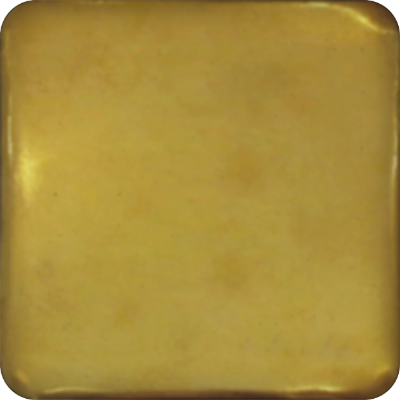Heinrich Kötter
Personalia
Born:
Died:
Profession:
Persecution:
Imprisonment 03.10.1941 - 11.11.1941,
Liebenau labor camp 11.11.1941 - 5.12.1941,
Dachau concentration camp 5.12.1941 - 06.04.1945
KZ Number:
Memberships
Curriculum Vitae
Heinrich Kötter attended grammar school in Rheine. After graduating from high school, he began his theological training in Münster, which he continued in Innsbruck, where he joined the student fraternity Unitas-Norica. After further studies in Munich, he was ordained a priest in Münster in 1938.
He was first appointed chaplain in Hameln an der Weser and then transferred to Duderstadt. During a pastoral visit to the Tiflingerode branch district, he is accused by the Gestapo of making derogatory remarks to a woman that were intended to "disrupt the internal and external front". The husband became aware of the conversation during his furlough and reported Chaplain Heinrich Kötter for it. Nothing more is known about the content of the conversation. On October 3, 1941, Heinrich Kötter was arrested by the Gestapo during a retreat in Duderstadt on charges of draft evasion and taken to Hanover police prison. His first interrogation took place the next day, the next on October 7, 1941; here he was forced to sign a forged report. He was then given the opportunity to inform his parents and the church authorities of his arrest. On November 11, 1941, he was transferred to the Liebenau labour camp, a branch of the Hanover police prison. Liebenau was considered notorious and a "running camp" because all work here had to be carried out at a running pace. By his own admission, he reacted to his anger at the Gestapo by cutting down trees.
The transport to Dachau concentration camp began on November 20, 1941 and, after various delays, he reached the camp on December 5, 1941. During his imprisonment, he - like Heinrich Hennen - spent most of his time in the plantation work detail, where he had to pull the plow and the harrow, among other things. He was able to escape the harassment of the so-called "Stubenältesten" during his last period of imprisonment as a district caretaker and was able to help numerous fellow prisoners, especially during the typhus epidemic (he himself was spared).
On May 6, 1945, one day after Heinrich Hennen, he was one of the last to be released. He found accommodation with the Dachau parish priest Friedrich Pflanzelt, took on a temporary job in Kolbermoor/Upper Bavaria for a short time and was able to recover from the hardships of the concentration camp on his parents' farm in Laggenheck from July 17, 1945. He returned to Duderstadt in February 1946.
Places
Persecution:
Honoring:
Citations
Krause, Peter/Reinelt, Herbert/Schmitt, Helmut (2020): Farbe tragen, Farbe bekennen. Katholische Korporierte in Widerstand und Verfolgung. Teil 2. Kuhl, Manfred (ÖVfStG, Wien) S. 178.
